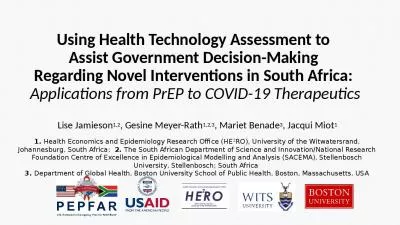PPT-Situation Analysis for the Introduction of the PrEP Ring
Author : jovita | Published Date : 2023-11-05
Overview and Instructions PLAN 4 RING TOOLKIT Overview Purpose of this tool 3 The monthly dapivirine vaginal ring PrEP ring or the ring is a new HIV prevention
Presentation Embed Code
Download Presentation
Download Presentation The PPT/PDF document "Situation Analysis for the Introduction ..." is the property of its rightful owner. Permission is granted to download and print the materials on this website for personal, non-commercial use only, and to display it on your personal computer provided you do not modify the materials and that you retain all copyright notices contained in the materials. By downloading content from our website, you accept the terms of this agreement.
Situation Analysis for the Introduction of the PrEP Ring: Transcript
Download Rules Of Document
"Situation Analysis for the Introduction of the PrEP Ring"The content belongs to its owner. You may download and print it for personal use, without modification, and keep all copyright notices. By downloading, you agree to these terms.
Related Documents

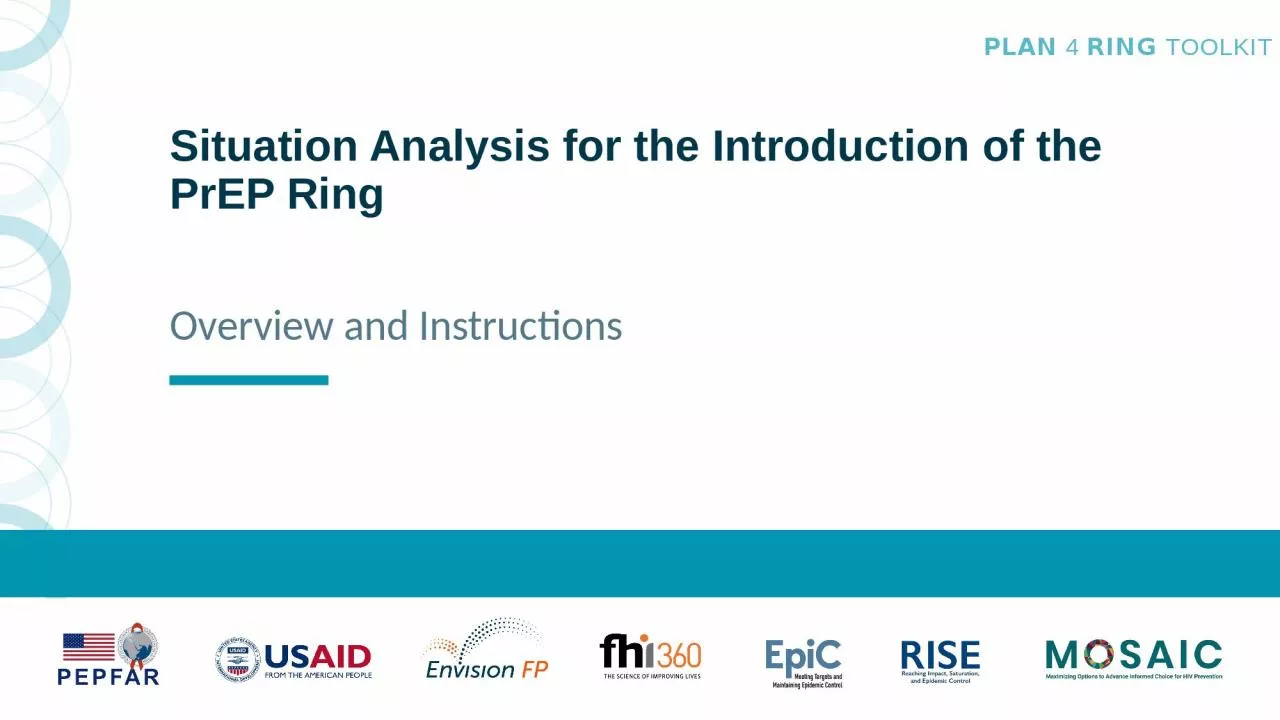




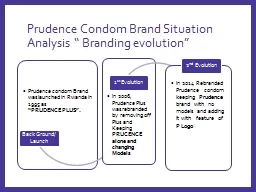
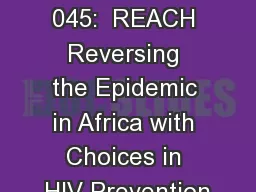


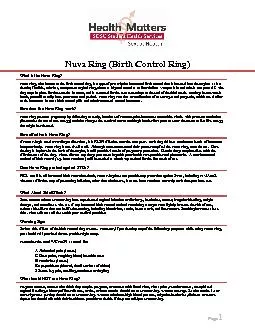
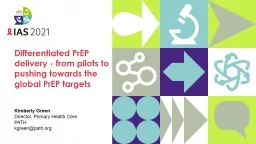

![[READ] GRE Prep Plus 2024: 6 Practice Tests + Proven Strategies + Online Kaplan Test Prep[READ]](https://thumbs.docslides.com/1005777/read-gre-prep-plus-2024-6-practice-tests-proven-strategies-online-kaplan-test-prep-read-gre-prep-plus-2024-6-practice-tests-proven-strategies-online-kaplan-test-prep.jpg)
